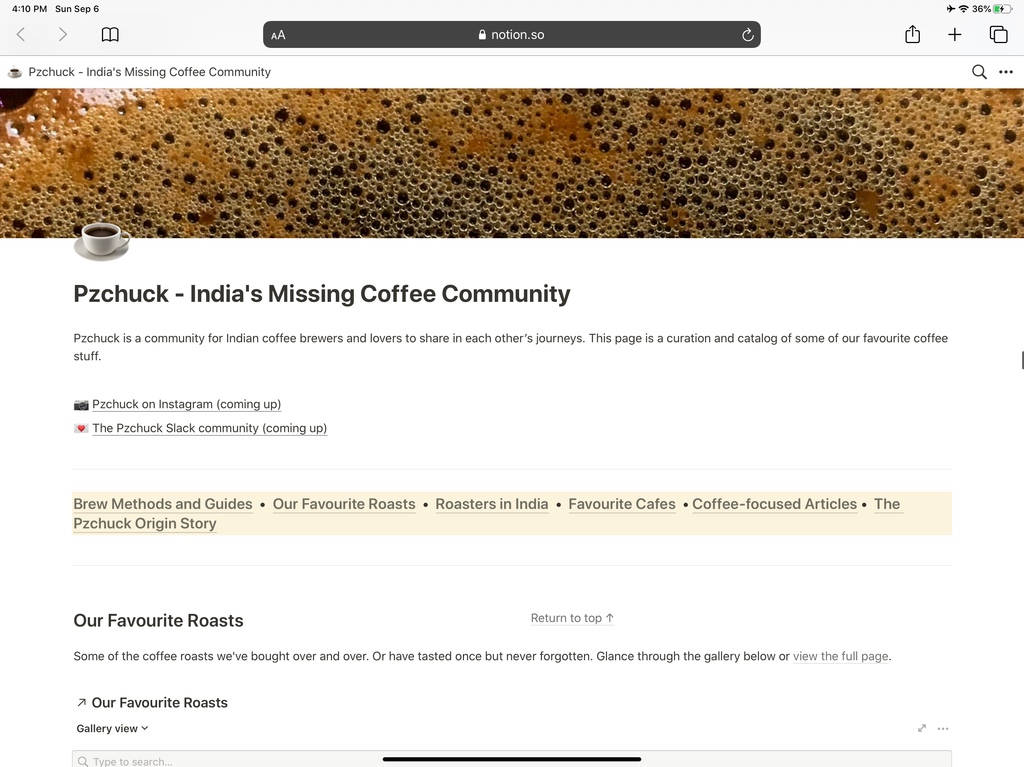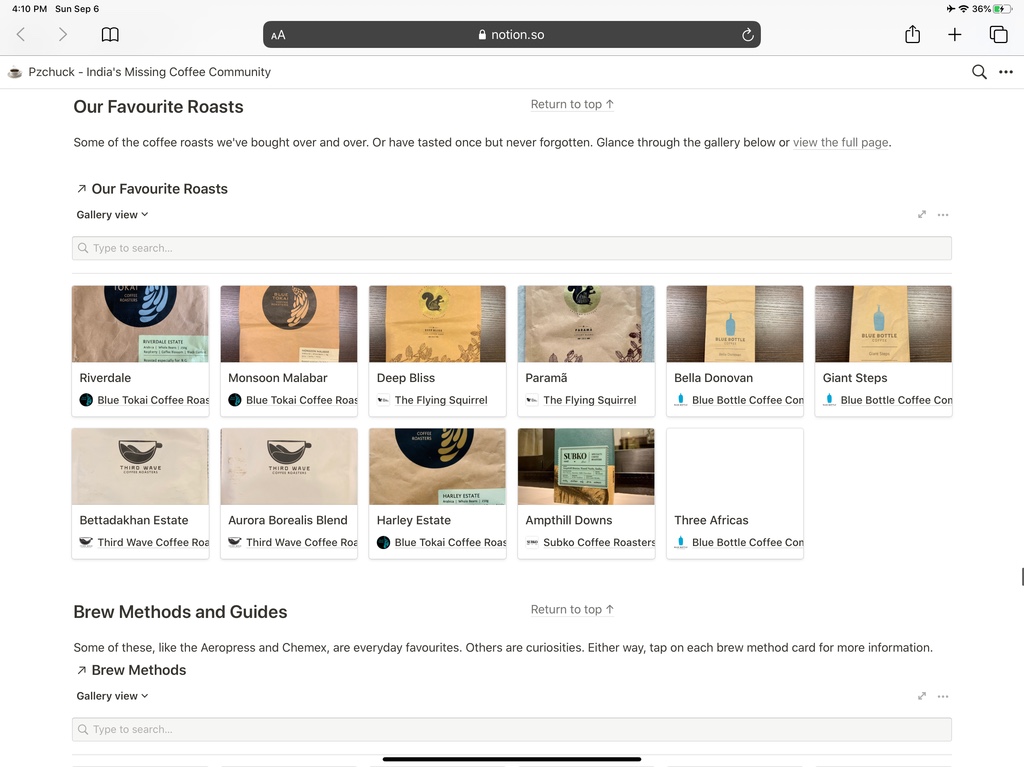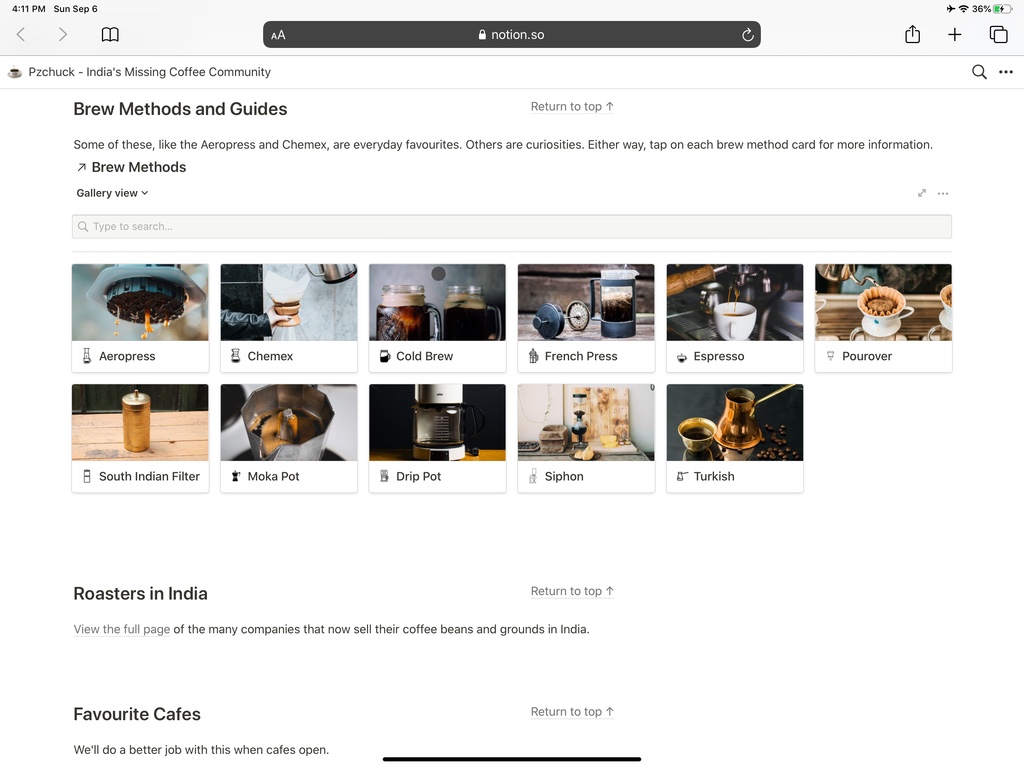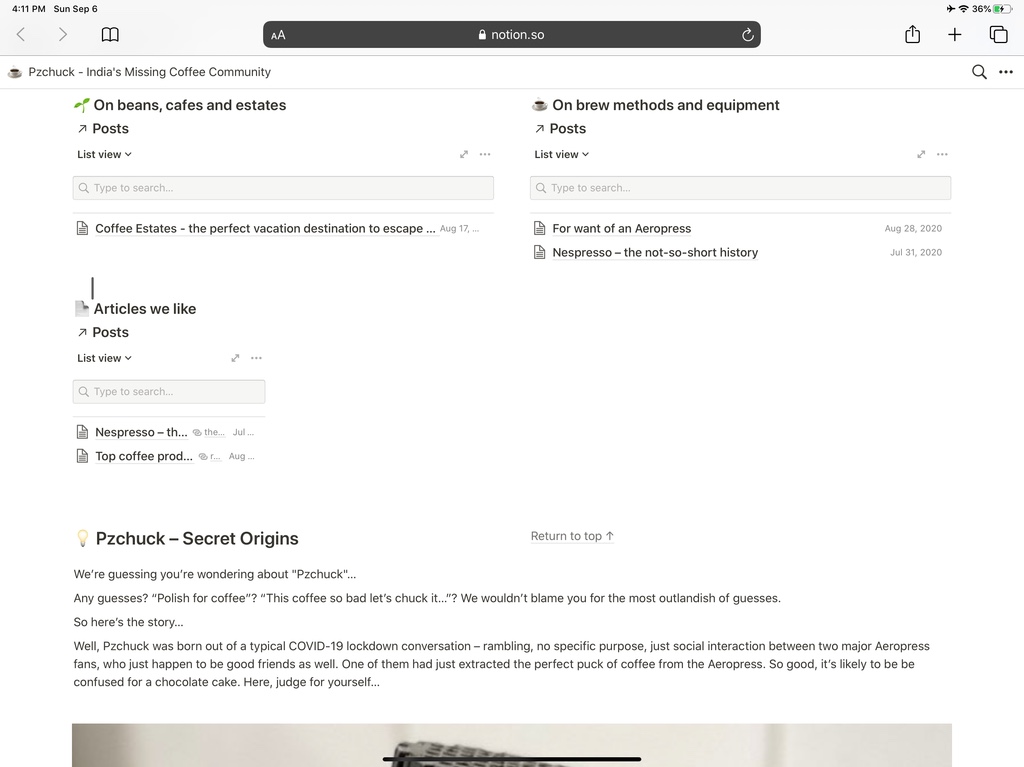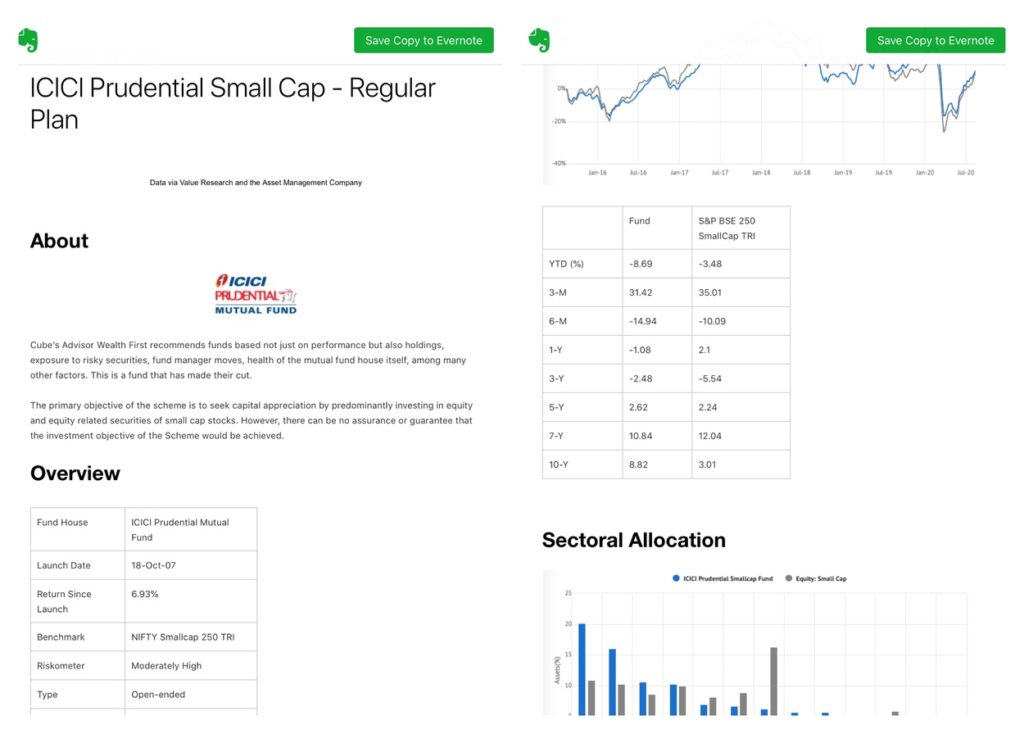CNN wonders if Trump’s mastery of the attention economy may be waning:
I am far, far from the first person to say this, but perhaps Trump has just become… boring? On Tuesday night, for instance, he did “his usual lie-shtick about how he just saw CNN’s camera light go off right after he insulted CNN,” Daniel Dale wrote. “CNN doesn’t broadcast these rallies live, doesn’t turn off its cameras when he insults CNN, and doesn’t use any visible camera light when recording at rallies.” Yet Trump has been repeating this lie for years! It’s boring.
Quinta Jurecic advanced this argument in The Atlantic two weeks ago. Jurecic said “Trump is boring in the way that the seventh season of a reality-television show is boring: A lot is happening, but there’s nothing to say about it.”
“Trump is pretending it’s 2016 again,” Ryan Lizza wrote Tuesday night, and he’s “lost the populist message that won him an unlikely victory.”
Trump became the world’s most popular influencer by creating a strong identification with a certain section of the US population who felt, rightly or wrongly, that they were becoming irrelevant. His great strength has been recognising that this segment of the population lives vicariously through him, just like any other influencer on, say, Instagram.
Because disenfranchisement is what he tapped into, his successes became their successes. His flouting of convention became their thumbing of noses at an establishment that didn’t value them.
As it became apparent that this behaviour worked, other members of his political party aped his disregard for rules and scruples, even if they couldn’t match his persona. This has made him more politically powerful, making his base feel further empowered – a textbook positive feedback loop.
It’s the most powerful example of the Megatrend Audience as Capital.
For a while now I’ve been wondering what happens when this segment feels empowered enough, when it feels that it, finally, controls the national narrative.
It’s likely that they will see diminishing returns on the attention they pay to Trump. Given how fickle attention is and how saturated media is, it’s very likely this segment will simply move on to something else.In fact, it’s likely that it will cease to be a segment – what brought them together has finished serving its purpose.
And yes, something else will almost inevitably fill the national attention vacuum left by this. But it need not be a singular divisive political figure. It is very probable that this current phenomenon may end, and not with a bang but with nary a whisper.





